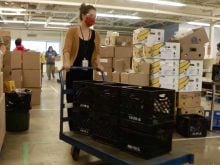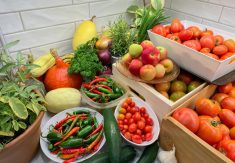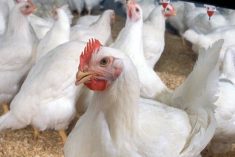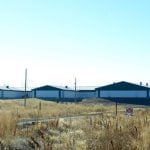Tyson Foods Inc. shares plunged 16 per cent to a three-year low May 8 as the U.S. meatpacker posted a surprise second-quarter loss and cut its full-year revenue forecast amid slowing consumer demand.
The weaker than expected results indicate cash-strapped shoppers are cutting back on meat spending in a high-inflation environment, while a shrinking cattle herd forces Tyson to pay more for livestock. Tyson also continues to struggle with increased feed costs.
CEO Donnie King, who is seeking to cut costs, said Tyson is in the unusual position of facing simultaneous challenges in its beef, pork and chicken businesses.
Read Also
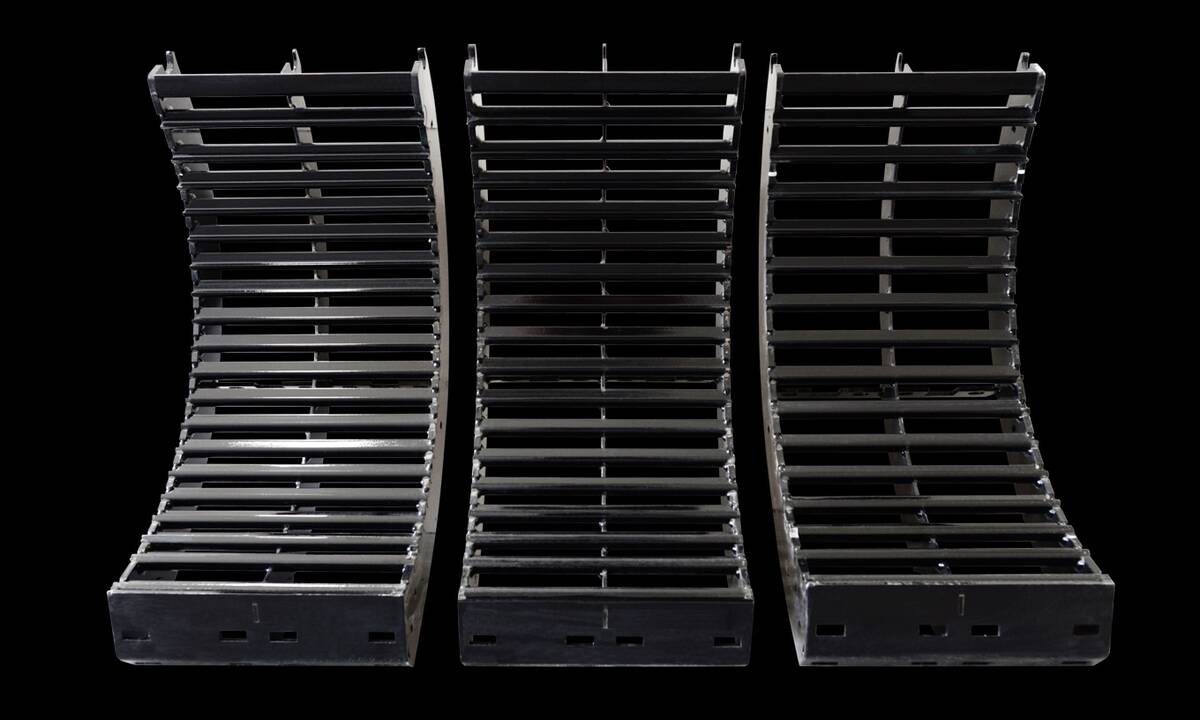
MANITOBA AG DAYS 2026: Stacked equipment category expected at Innovation Showcase
Ten of 28 Innovation Showcase entries at the Manitoba Ag Days 2026 farm show Jan. 20-22 in Brandon are in the equipment category.
The company lowered its forecast for full-year sales to US$53-$54 billion, down from $55-$57 billion, after adjusted operating income for the first half of the fiscal year sank 80 per cent to $518 million.
“This quarter was definitely a tough one,” King said on a conference call.
Tyson hiked meat prices last year to offset inflation, but average sales prices for its beef and pork fell 5.4 per cent and 10.3 per cent, respectively, in the quarter ending April 1. Reduced demand for beef is making it difficult for Tyson to pass on higher costs to consumers, the company said.
Sales volumes in Tyson’s beef segment also fell, putting overall sales down 8.3 per cent at $4.62 billion.
Tyson’s costs to buy live cattle increased $305 million and its beef unit’s operating margins fell to 0.2 per cent from 12.7 per cent a year earlier. The company pegged full-year beef margins at negative one to one per cent, compared with its previous forecast of two to four per cent.
Beef margins were Tyson’s worst since 2015, while pork margins were the worst in more than two decades at negative 2.2 per cent, JPMorgan analyst Ken Goldman said.
In Tyson’s chicken business, margins were negative 3.7 per cent as feed costs jumped by $145 million. The unit’s adjusted operating income swung to a loss of $166 million, compared to profits of $203 million a year earlier. Tyson recorded $92 million in charges related to the planned May closure of two processing plants.
Higher chicken feed costs were a “particular disappointment,” Goldman said, as grain prices have moderated.
Tyson posted an overall adjusted loss of four cents per share, below analyst expectations for an 80-cent profit. A year earlier, earnings were $2.29 per share.
“Many of the headwinds experienced are likely to persist for the remainder of the fiscal year,” company chief financial officer John R. Tyson said.





